Even though there are tiles for sale on the market that are non-slip, ceramic and porcelain tile floors have a reputation for being dangerously slippery. The aspect of tile that makes it simple to maintain, namely the fact that it is smooth and non-porous, also makes it dangerous to walk barefoot. When more tile glazing, water, and dress shoes are involved, a hasty departure for work might easily turn into a visit to the emergency room instead. Slips and falls may be avoided much before the tile purchase takes place. There is a tried and true method for determining the degree of slipperiness that will be shown by floor tile regardless of whether it is wet or dry.

Tile makers have developed and published a slip resistance rating system known as COF, which stands for “coefficient of friction.” The coefficients of friction and slip resistance ratings help you assess whether or not you are purchasing the appropriate tile for the intended area. COF ratings are freely accessible for retail customers to study in advance, in addition to the other advantages that tile offers. Since they are published for every tile that is sold in the North American market, they are available. Where to Look for Slip-Resistant Tile The coefficient of friction, sometimes known as COF, is an objective measurement that may be used to determine how slippery something is Conduct research on the COF ratings that tile dealers and manufacturers have released. Try to find COF slip resistance figures that are greater. The coefficient of friction (COF) rating for dry, clean, and rub goods against one another is typically between 0.3 and 0.6. When two objects have zero COF, it indicates no friction between them. Slick items might get a COF rating as low as 0.04.

Brick, terracotta tile, and quarry tile all have high coefficients of friction (COF) values, making them exceptionally resistant to slipping. One of the floor tiles with the lowest coefficient of friction rating is honed natural stone, which is as slick as glass. Ceramic Floor Tiles and Their Anti-Slip Properties The risk of slipping is a significant worry with any kind of flooring. Even the smallest mistakes may create a domino effect that eventually leads to catastrophic outcomes. Because ceramic and porcelain tiles can withstand pooled water better than other types of tile, they are often used to tile the floors of bathrooms and kitchens. The pooled water, however, may give the impression that the otherwise non-slippery surface is an ice skating rink. The aspects of the home or problems that would make you think they might damage or kill you, such as electricity, asbestos, or lead paint, are not even close to being the primary causes of these problems. According to the National Safety Council, the number two cause of accidental deaths that occur in the home is due to accidents involving slipping and falling.

A significant number of these tumbles are in some way connected to the flooring. People may fall for a variety of reasons, including being distracted, having a physical disability, having loose cables, or having significant barriers in their path. It is also essential to remember that, regarding injuries sustained on floors, only part of them are caused by the floors’ inability to prevent slipping and falling. Despite this, the National Floor Safety Institute estimates that there are 2 million injuries sustained from falls each year that are directly related to floors and other flooring materials. 2 The majority of fall injuries do not occur at elevations but rather on ground levels. In light of the aforementioned data, it is in your best interest to ensure that the materials you choose for your flooring are as slip-resistant as is practically feasible. Ratings based on COF are the most effective method. Tip If altering the flooring is not an option, one way to protect against the risk of slipping and falling is to strategically place rugs and mats, using rug pads as necessary. What Does It Mean When COF Refers to Slip Resistance Ratings?

It’s possible that the last time you used the term “coefficient” was in your high school mathematics class unless you work in a laboratory, an engineering office, or some other academic area. However, suppose you are in the market for new flooring for your house. In that case, the idea of the coefficient is an essential one to be familiar with because of its connection to the motion of hardscaping materials. Given that this is a coefficient, two numbers are at play here. The degree of slip resistance may be determined by examining the relationship between these two values. One number expresses the amount of force required to slide one surface (like a shoe) horizontally over another (such as tile flooring). The second number indicates the amount of pressure applied between the two surfaces. It is preferable to have higher COF slip resistance values rather than lower ones. Things that are clean, dry, and moving against one another typically fall within the range of 0.3 to 0.6. Very slippery things may reach a value as low as 0.04, where zero indicates no friction between the two things. It is possible to polish and hone natural stone until it attains the same level of slipperiness as glass. Large commercial and public facilities with floors of highly polished granite or marble sometimes put mats down as soon as it starts to rain. The other end of the COF rating range is comprised of materials with high COF ratings, such as terracotta tile, quarry tile, or pathway brick.

COF Ratings Tile firms willingly submit their goods for testing to independent labs that assess skid resistance to ensure the quality of their finished products. Testing has progressed over the years, and the most recent test, which is called the DCOF AcuTest and was designed by the Tile Council of North America, is meant to simulate more accurately real-world situations than the tests that came before it. In the previous test, both static and dynamic skid resistance were assessed, but in the new test, only dynamic skid resistance is taken into account. The term “static resistance” refers to the force that must be applied to get two stationary surfaces to start moving against each other. As an illustration, consider a person standing still on a floor that slopes downward. The term “dynamic resistance” refers to the force necessary to keep two moving surfaces going in the same direction. A good illustration of this would be someone going onto a surface and stepping directly onto a tile. DCOF vs. COF: Different Systems According to the grading body known as the Tile Council of North America, ceramic tiles chosen for level interior areas where it is anticipated that they would be stepped upon while wet need to have a minimum wet DCOF AcuTest result of 0.42.

The numbers might be misleading since some tile producers continue to provide ratings based on earlier products. According to the company, their tiles have a wet rating of 0.60 or less. The tile continues to reflect the earlier set of safety rules despite being indicated as having the older SCOF rating. A producer claims that their tiles have a wet rating of 0.42 or less, which is correct. Due to the fact that this is a DCOF AcuTest, the present system is being used to determine the wet ratings of the product. This does not imply that wet tiles with a 0.60 coefficient are dangerous. It only indicates that they meet the older system’s requirements. In point of fact, not a single one of these evaluations, either current or historical, discusses safety. They just provide the findings of scientific studies and allow you to draw your own conclusions about what they signify. Ratings for Other Types of Flooring Based on Their COF Slip Resistance You are in luck when it comes to purchasing tile. When it comes to other kinds of flooring, it’s possible that you won’t be able to get slip ratings online. Russell J. Kendzior, a lawyer, located in Dallas, is recognized as a foremost authority on injuries sustained as a result of slipping and falling. His National Floor Safety Institute is the premier resource for knowledge on injuries that may be caused by flooring.

Kendzior asserts that the floor covering industry, with the exception of tile makers, has refused to test for slip resistance and has even resisted the creation of a set of testing rules. Kendzior has stated that this omission was done on purpose. According to his observations published in Attorney at Law Magazine, “Floor covering producers perceive slips and falls as a minefield of liability and avoid addressing the matter publicly.” Because they have not implemented a COF safety standard, they believe that if they are taken to court, the plaintiff will be unable to hold them to a standard that, from their point of view, does not exist. Companies that manufacture flooring may do COF testing behind closed doors, but the vast majority of them do not feel compelled to reveal these ratings. This may be appropriate in one particular scenario. The term “site-finished” refers to the process of finishing unfinished flooring, such as solid hardwood. Therefore, skid resistance is up to the owner to determine, given that the finishing procedure is likewise up to the owner’s discretion. The finest piece of advice that can be given is to inquire with the flooring merchant about the availability of COF ratings for the laminate, luxury vinyl, standard vinyl, or any other kind of floor covering that you want to buy. It’s possible that they have ratings in their possession that you won’t see online.


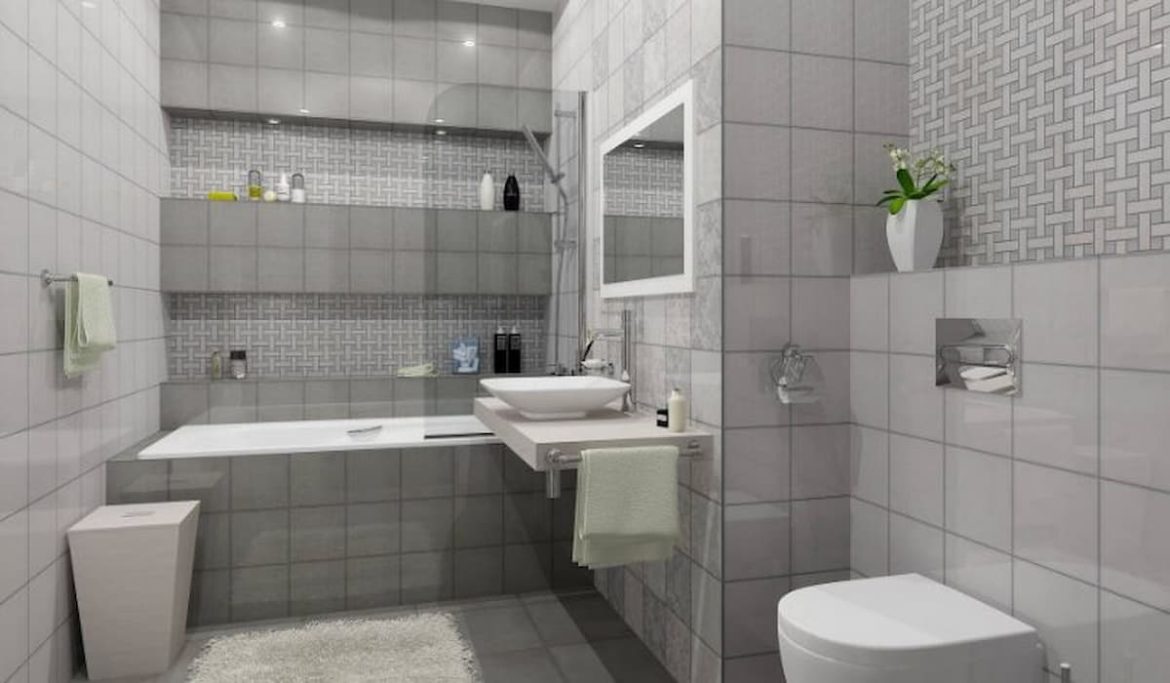
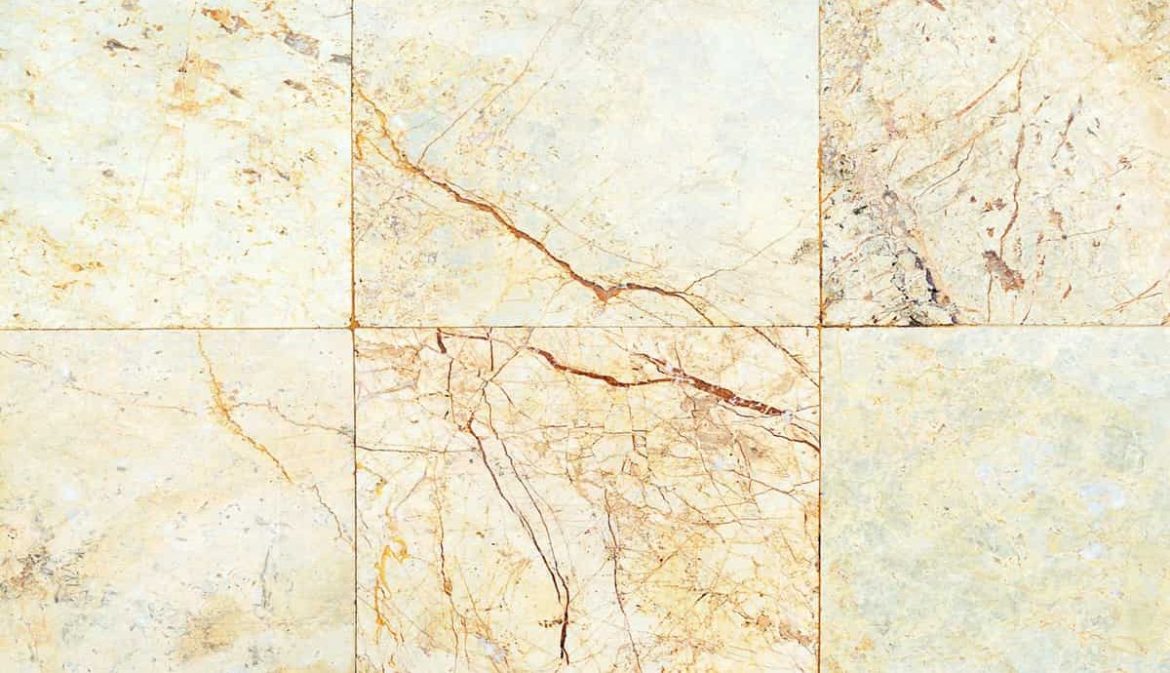

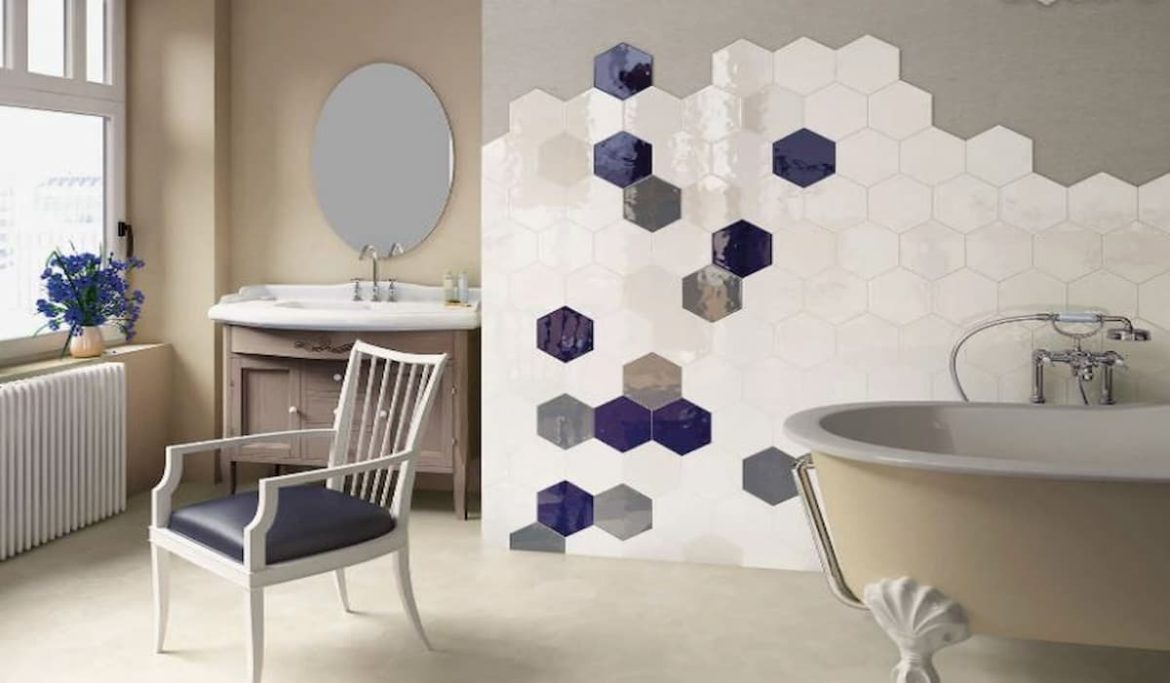

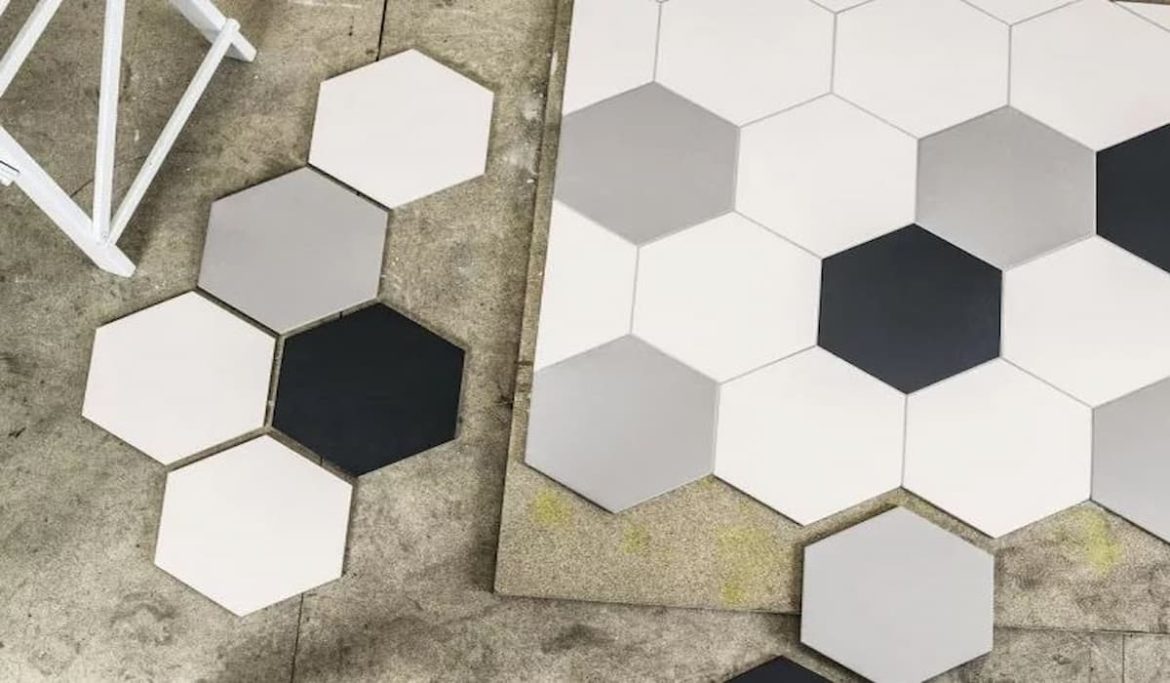
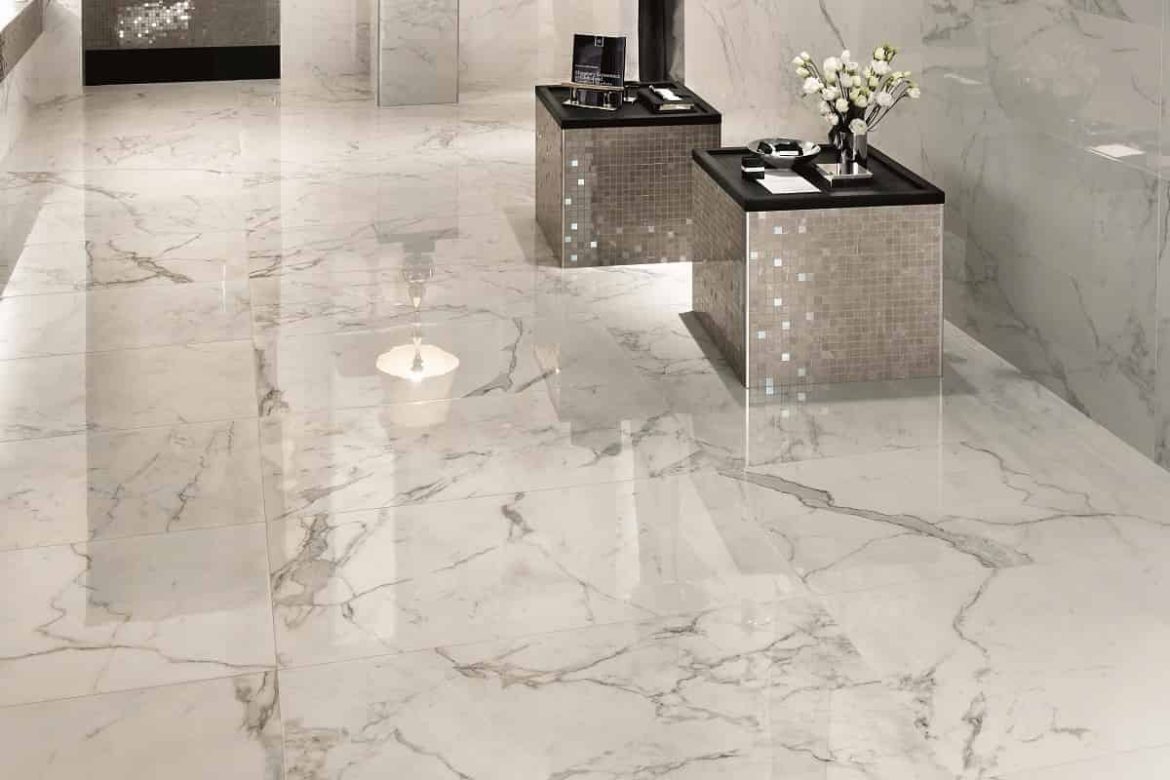
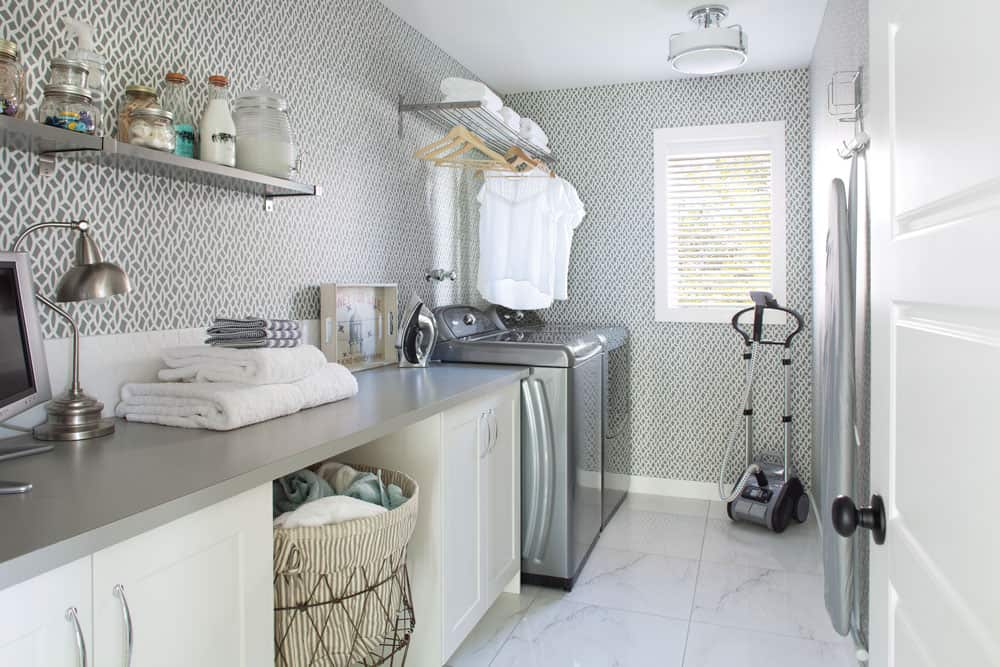
Your comment submitted.